General Pouches
There are pouches that are designed for packaging different products and are readily available in the market. These pouches have advantages such as speed, economy, variety and quality. But they also have some limitations such as not being able to print a logo or brand name, not being completely compatible with the size or shape of the product, not being able to choose the desired material or thickness, and not being differentiated from competitors.
General pouches are used for packing all kinds of dry and semi-dry materials. These pouches are produced in different sizes and shapes, some of which are:
– pouches for packing all kinds of beans, spices, coffee, etc.
– Cassette floor envelopes, three-sided cassette, three-sided stitching, handles, zippers, etc., which can be with or without windows.
– Metallized envelopes, straw, transparent, golden, matte, white, color templates, glossy, etc.
The material of these pouches is usually composed of several different layers, each of which gives special properties to the pouch. Some of these layers are:
– Paper: This layer helps to create a beautiful and natural appearance to the pouch and also increases its mechanical resistance.
– Polyethylene: This layer is used to prevent the penetration of moisture and air into the pouch and also gives the envelope the ability to be thermally sewn (cold-seal).
– Aluminum: This layer is necessary to protect the product from light and oxidation, and also increases the durability and quality of the product.
– Metallized films: These layers are used to create light and color effects to the pouch and also have the same properties as aluminum.
The methods of connecting these layers to each other can be extrusion or adhesive. The extrusion method uses melting a polymer layer and applying pressure on other layers. The adhesive method uses a special adhesive to stick the layers.
-
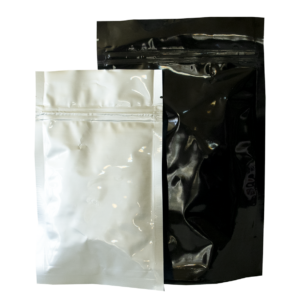
Aluminum Pouches (1)
-
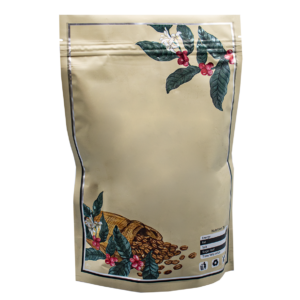
Bottom-gusset pouches (1)
-

Box Pouches (with/without printing) (1)
-
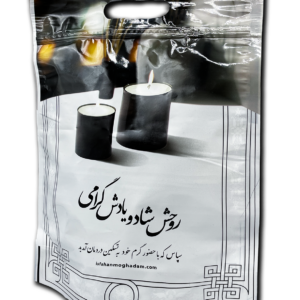
Funeral pouches (1)
-

General “Golbaran” pouches (1)
-

Paper pouches with window (1)
-
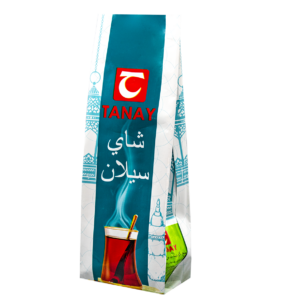
Pouches with printing (specifically under customers’ order) (1)
-
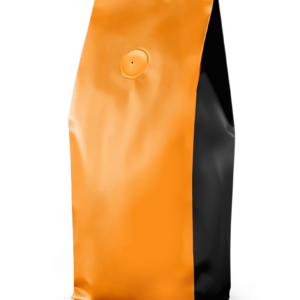
Pouches with valve (1)
-

Side-gusset pouches (1)
-
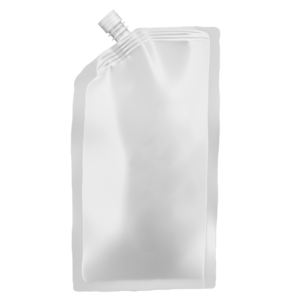
Spouted pouches (1)
-

Three side-seal pouches (1)
-

Three-side gusset pouches (1)

 العربية
العربية فارسی
فارسی Русский
Русский